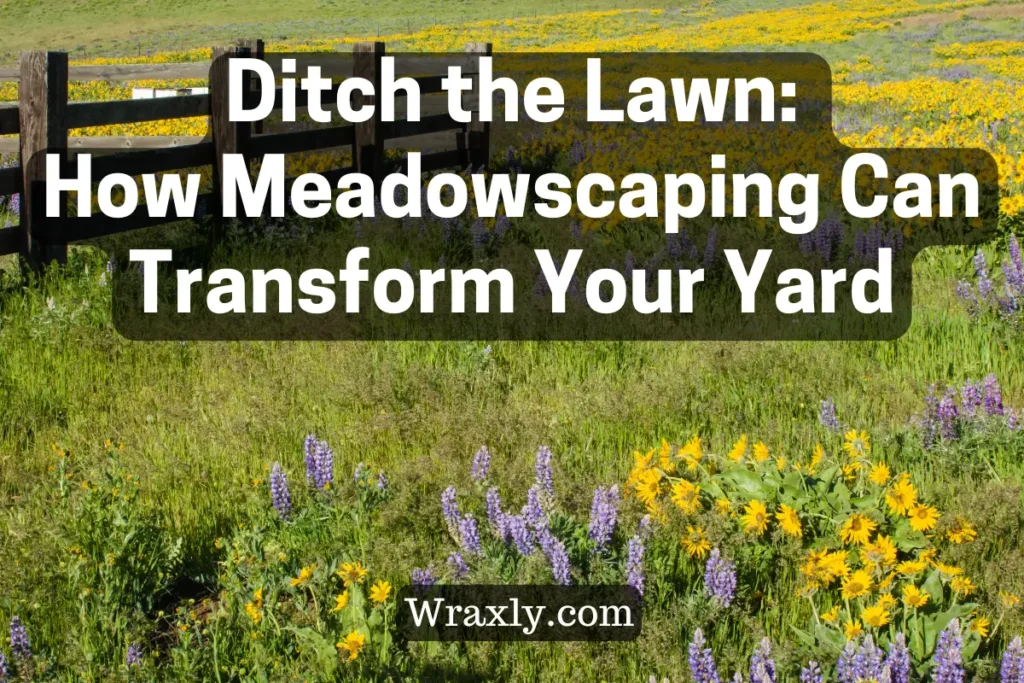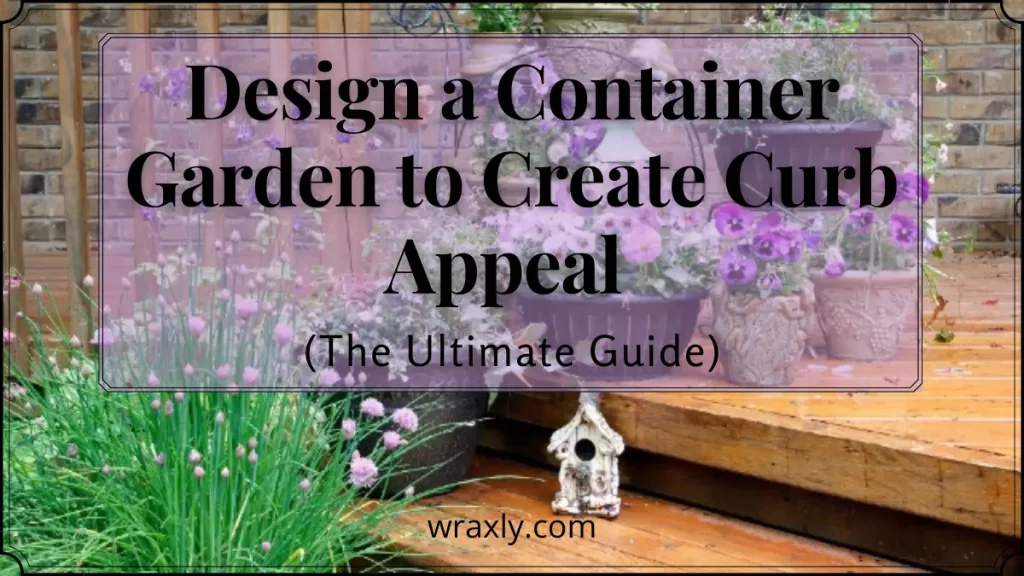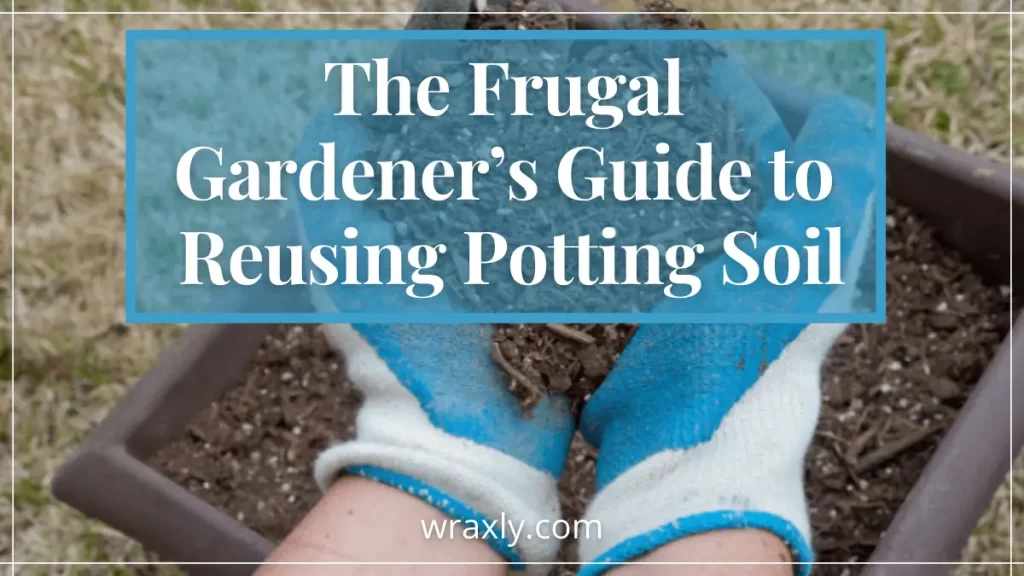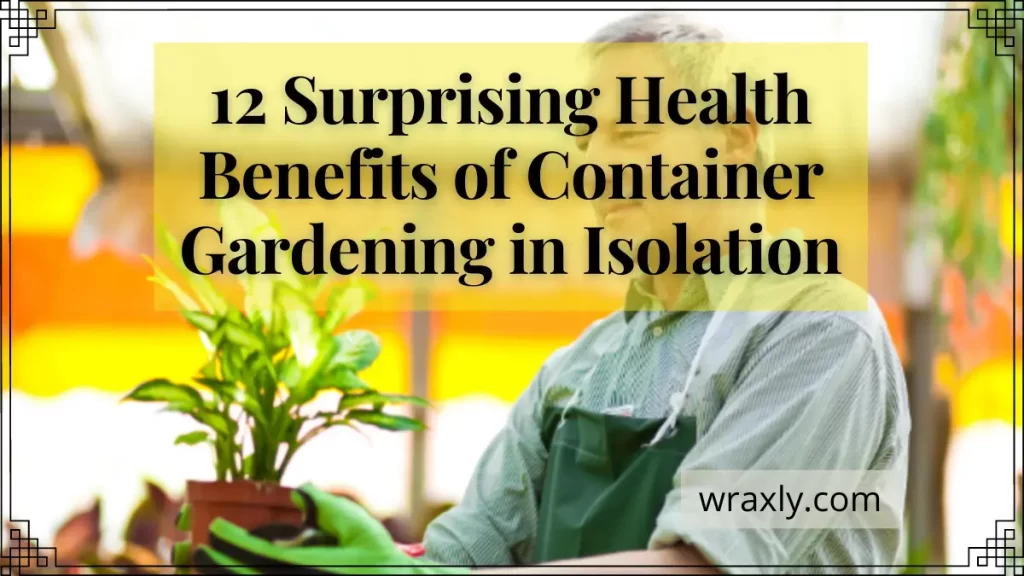What’s the Buzz About Meadowscaping?
Imagine a yard that’s more like a natural meadow, with a mix of grasses, wildflowers, and shrubs that require minimal maintenance and care. That’s the idea behind meadowscaping, a new way to landscape your yard that’s gaining popularity. “Meadowscaping is all about using native plants to create a beautiful, low-maintenance landscape that benefits the local environment,” says Allison Messner, CEO of Yardzen.

The Benefits of Meadowscaping
So, why should you consider meadowscaping? For starters, it’s a game-changer for the environment. By using native plants, you’ll reduce your water usage, eliminate the need for fertilizers and pesticides, and create a haven for local wildlife. Plus, meadowscaping is a great way to reduce your lawn-mowing chores and create a unique, visually stunning landscape.
How to Get Started
Ready to give meadowscaping a try? Here’s a step-by-step guide to help you get started:
- Choose the Right Areas: Identify areas of your yard that can be converted to a meadow, and keep traditional lawns in areas with heavy foot traffic.
- Plan Strategically: Even small yards can dedicate a little space to a meadowscape. Consider creating small pollinator or chaos gardens or border areas filled with native wildflowers and ornamental grasses.
- Research Neighborhood Regulations: Check with your local government or homeowner’s association to ensure your meadowscaping plans comply with regulations.
- Pick the Right Time to Plant: Fall or early spring are ideal times to plant, as the cool temperatures and moist soil will help your plants get established.
- Prep the Area: Remove existing lawn, test the soil, and amend it as needed to create a healthy environment for your meadowscape.
- Add Hardscaping: Install paths and other features to create a functional and beautiful meadowscape.
- Choose Your Plants: Select a mix of native grasses, wildflowers, and shrubs to create a diverse and thriving landscape.
- Keep an Eye Out for Invasive Species: Regularly review your meadowscape for weeds and invasive species, and take action to remove them.
- Help Your Meadow Get Established: Plant seeds or plants, and be prepared to water your meadowscape for the first year as the plants establish themselves.
- Make Your Yard Wildlife-Friendly: Add features like bird baths, bee cups, and birdhouses to create a haven for local wildlife.
Recommended Bee Habitats
| Image | Title | Prime | Buy |
|---|---|---|---|
Top | TOOBEETT Mason Bee House - Attracts Peaceful Bee Pollinators to Your Garden | PrimeEligible | Check Price on Amazon |
 | Mason Bee House - Hanging Handmade Natural Bamboo Bee House - Attracts Peaceful Bee Pollinators to Enhance Garden's Productivity | Prime | Check Price on Amazon |
 | Mason Bee House for Outdoors - Large Heart - Shaped Bee and Insect Hotel - Handmade with Natural Bark, Cedar Wood & Bamboo Nesting Tubes | PrimeEligible | Check Price on Amazon |
 | Conich Mason Bee House Premium Japanese Sugi Cedar Wood, Reusable - Perfect for Nesting, Solitary Bees – Comes Complete with a Cleaning Brush and Starter Guide | PrimeEligible | Check Price on Amazon |
 | Woodlink Western Cedar Mason Bee House with Replaceable Tubes | Prime | Check Price on Amazon |
 | Donaldson Farms Mason Bee House Attractant - Mason Bee House Lure - All Natural Ingredients. Safe for The Mason Bees. | PrimeEligible | Check Price on Amazon |
The Bottom Line
Meadowscaping is a unique and sustainable way to landscape your yard, with benefits for the environment and your wallet. By following these steps, you can create a beautiful and thriving meadowscape that will be the envy of your neighbors.

Darrell has a passion for gardening that he inherited from his father. Go here to read more about the influence his father played in his love for gardening. If you want to send Darrell a quick message, then visit his contact page here.



![10 Common Container Garden Mistakes to Avoid [Beginner’s Guide]](https://wraxly.com/wp-content/uploads/2021/02/10-Common-Container-Garden-Mistakes-to-Avoid-Beginners-Guide-1200-1024x576.webp)
